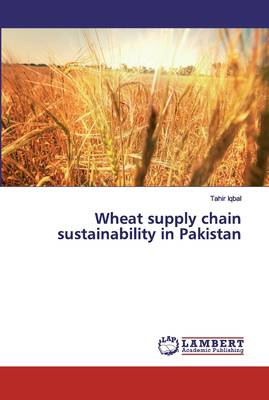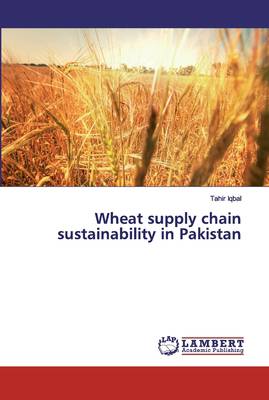
- Afhalen na 1 uur in een winkel met voorraad
- Gratis thuislevering in België vanaf € 30
- Ruim aanbod met 7 miljoen producten
- Afhalen na 1 uur in een winkel met voorraad
- Gratis thuislevering in België vanaf € 30
- Ruim aanbod met 7 miljoen producten
Zoeken
Omschrijving
Agro-food supply chain systems have observed a dramatic transformation in many developing countries in recent years. Urbanization, in conjunction with rapid growth in incomes, has caused the character of urban diets in these countries to shift away from low quality staple grains towards high quality cereals, then to livestock and dairy products, and vegetables and fruits. A combination of these factors have forced many developing countries to re-orient their production and marketing systems by linking local producers with the organized commodity networks and supermarkets to meet increasing domestic and global consumer demands. Numerous supply chains of agricultural and food products have been formed by the agents responsible for production, processing, marketing and distribution of these products. However, the existing literature is silent on the effects of such integration on relative inefficiency of smallholder producers. Supply chain management is of increasing interest to the agricultural sector because of significant changes that are currently affecting the industry.
Specificaties
Betrokkenen
- Auteur(s):
- Uitgeverij:
Inhoud
- Aantal bladzijden:
- 60
- Taal:
- Engels
Eigenschappen
- Productcode (EAN):
- 9786139834051
- Verschijningsdatum:
- 18/09/2019
- Uitvoering:
- Paperback
- Formaat:
- Trade paperback (VS)
- Afmetingen:
- 152 mm x 229 mm
- Gewicht:
- 99 g

Alleen bij Standaard Boekhandel
+ 87 punten op je klantenkaart van Standaard Boekhandel
Beoordelingen
We publiceren alleen reviews die voldoen aan de voorwaarden voor reviews. Bekijk onze voorwaarden voor reviews.











